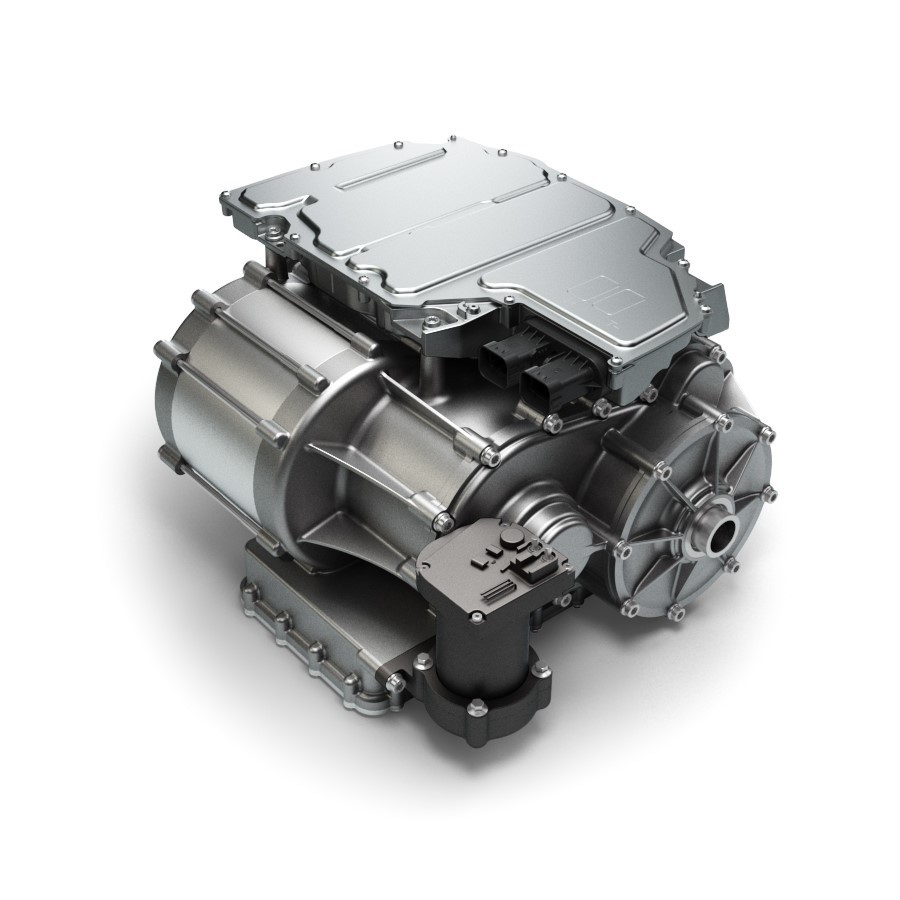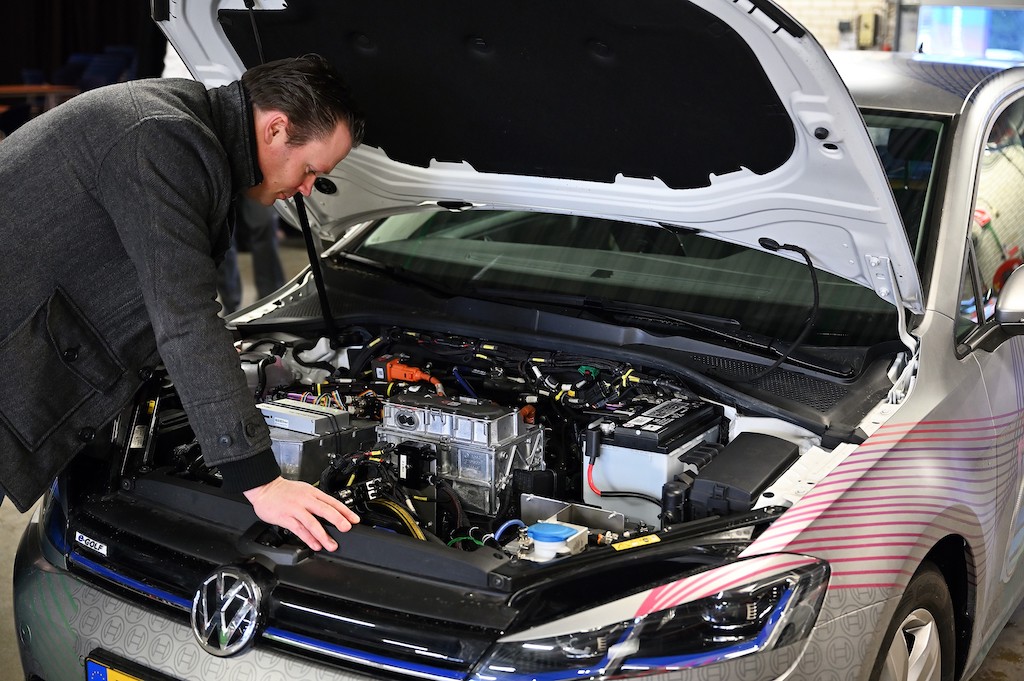The German house has just released a new transmission that opens up new possibilities for electric cars that allow increasing autonomy and optimizing the engine unit, reducing costs while extending the distances traveled with a single battery charge.
One of the main characteristics that differentiate a zero-emission vehicle from the traditional ones powered by an internal combustion engine (ICE) is that the former lack a gearbox, in the conventional sense of this transmission element.
As a general rule, electric cars have a speed and a differential, a fixed gear that serves both to go at 10MPH and 155. On the other hand, an ICE needs a series of gear ratios to be able to roll correctly at the same speeds.
The Current Situation of the Electric Car
The ability to widely exceed 10,000 rpm and even double this figure, at maximum speed, together with the characteristic of being available before the demand of the accelerator at any time, allow the electric ones available in the market to do without an essential element so far as what have been the gearboxes.
But these advantages do not imply that all the motor torque is available from zero to maximum revolutions per minute since from a certain speed, the torque begins to decrease; in addition to that, at high speed it is not possible to optimize the performance or revolutions of the motor by having only one rate, so it ends up consuming more energy than necessary.
The advantages of a solution with more than one development can allow electric vehicles to improve efficiency when transmitting energy, optimize the system on the one hand, and increase performance.

A Possible Solution
The German company Bosch has developed a continuously variable gearbox, type CVT, specially designed for the electric car called CVT4EV. It helps pure zero-emission vehicles to improve performance while providing better acceleration and reaching higher top speeds, all while delivering greater torque to the wheels.
This list of advances is achieved by reducing the necessary energy consumption, so autonomy increases with adopting this new solution.
The number of electric vehicles (EVs) on the road is growing with cars of all kinds, from small urban to larger sedans and SUVs. However, electric mobility still faces several challenges.
Whether they are vehicles that travel on steep roads, or sports cars that seek maximum top speed and lightning accelerations, or cars that need to carry a trailer or caravan, current systems of a single-speed or two (as in the case of the Taycan) do not allow you to optimize the transmission to its full potential.
It is precisely for this reason that a continuously variable gearbox (CVT) can offer a solution that completes the efficiency of the electric car. Until now, the enormous torque developed by electrical companies did not allow this type of solution.
Now Bosch appears to have found the solution with its CVT4EV, a push-belt continuously variable transmission specially designed for electric vehicles. This transmission is extremely compact, designed to meet electric cars’ performance demands for a broad segment of needs. According to the German brand, “the system improves the economy and performance of the electric powertrain, while maintaining the smooth and comfortable character of the electric motor.”
This continuous change allows maximum power to be applied without cutting it, thereby allowing the vehicle to accelerate better and climb steeper slopes with greater ease. Power also remains available at all vehicle speeds, leading to higher top rates and lower power electric powertrain’s consumption.
An all-in-one, as this solution consists of a platform with a CVT4EV module, an inverter, an electric motor, and a final drive with a ratio adapted to the vehicle. This creates a significant cost advantage for automakers, reducing investment and complexity in the development, production, and aftermarket of their cars.
According to the German manufacturer, this new transmission offers a better-improved user experience through the availability of different driving modes (e.g., uphill, highway, or individual mode) that allow “fun2drive or useful additional functionalities.”

